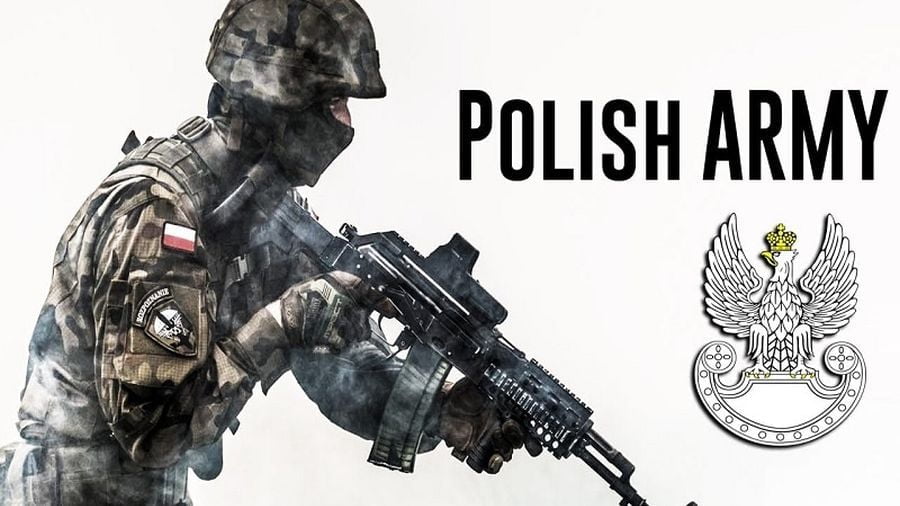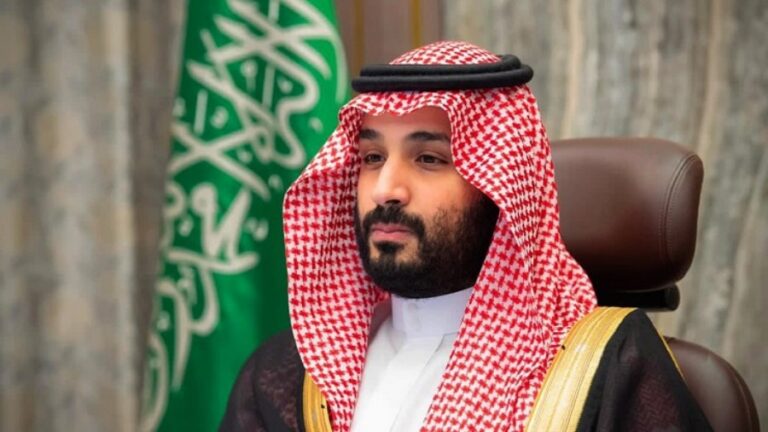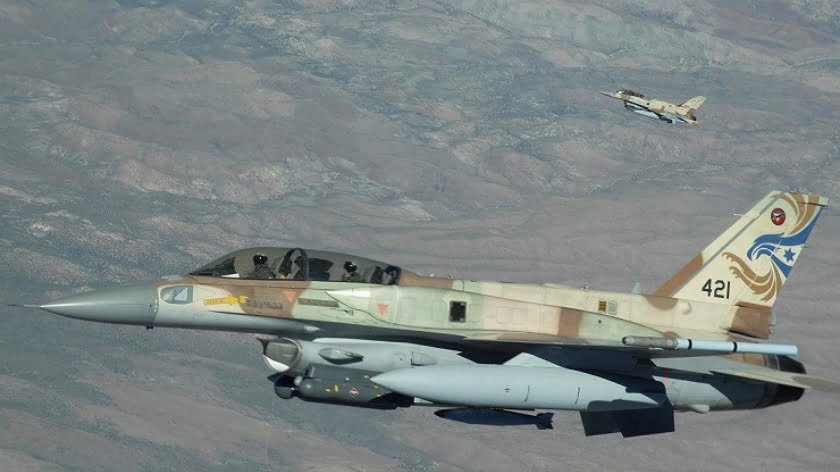Would a Polish Military Intervention in Western Ukraine Really Lead to World War III?
So long as NATO and Russia don’t clash in their respective “spheres of influence” in the former Ukraine just like Russia, Turkey, and the US thus far haven’t in their own such “spheres” in Syria, the conflict could potentially become frozen and therefore actually stabilize to the benefit of the locals caught in the crosshairs of the New Cold War’s most intense proxy war thus far.
Concern has recently arisen that Poland might be plotting to militarily intervene in Western Ukraine under the pretext of dispatching peacekeepers there. This scenario was raised by Russian foreign spy chief Sergey Naryshkin late last month and comes after Warsaw officially suggested doing exactly that during a NATO meeting in March but was rebuffed by Ukrainian President Volodymyr Zelensky at that time. Naryshkin started talking about this possibility once again since Poland is presently in the midst of large-scale military drills along the Ukrainian border all throughout this month that could potentially serve as cover for commencing the operation that he warned about.
There are several driving factors behind why Poland might decide to militarily intervene in Ukraine. First, doing so could create a red line in Western Ukraine upheld by the US’ nuclear umbrella that would protect Polish forces, which could halt the advance of Russian forces if they achieve a breakthrough in the direction of Odessa/Transnistria. Second, the Ukrainian Armed Forces (UAF) might soon collapse, in which case Poland could intervene under the pretext of maintaining law and order in the border region. And third, it could also seek to stop another massive refugee wave in that scenario, which could also serve to create the conditions for eventually repatriating Ukrainian refugees from Poland.
This scenario also entails several very serious challenges. First, Western Ukraine is the cradle of that country’s fascist movement, some members of which might militantly oppose the intervening Polish forces. Second, such an intervention would likely lead to a long-term Polish presence there that could very easily entail billions upon billions of dollars’ worth of costs that the Polish economy simply can’t afford, nor would the Polish people happily shell out at the expense of their own living standards that would obviously decline in that scenario. And third, the optics of Poland unilaterally changing the military-strategic and possibly even geopolitical status quo in Ukraine might reflect negatively on it.
Those challenges could prospectively be overcome through the following means. First, Poland could utilize the Ukrainian forces that it’s training on its territory and as well as refugees to serve as the face of its intervention in order to appeal to local fascists and thus possibly avert any clashes. Second, some of the approximately $300 billion of Russia’s foreign assets that were recently stolen by the US-led West could be invested in subsidizing Poland’s military operation as well as its subsequent socio-economic and political projects there. And finally, Poland could rely on US-led Western Mainstream Media support for explaining the earlier mentioned three driving forces behind its possible intervention to the public.
The greatest concern that observers have about this scenario is the chances that it might escalate the NATO-led proxy war on Russia through Ukraine into a direct NATO/Poland-Russia war. This worry was most recently shared by US Army colonel Douglas Macgregor, who also earlier served as senior adviser to acting Secretary of Defence Christopher Miller in the final months of the Trump presidency, in his latest article for The American Conservative. Titled “The Threat Of Polish Involvement In Ukraine”, he compellingly explains the reasons why this scenario is credible and should therefore be avoided at all costs. His arguments are valid and deserve to be deeply reflected upon by American and Polish officials.
Nevertheless, it’s also worthwhile to play devil’s advocate as part of a thought exercise to examine whether this dramatic scenario might almost counterintuitively lead to the de-escalation of the Ukrainian Conflict through its purposeful escalation. For as crazy as it may sound, there’s a certain logic inherent to this scenario. Former Russian President and incumbent Deputy Chairman of the Security Council Dmitry Medvedev drew attention in a recent Telegram post to Polish President Andrzej Duda’s provocative prediction on Poland’s Constitution Day that his country’s border with Ukraine might soon no longer exist, which he interpreted as adding credence to its speculative military intervention plot.
Intriguingly, he also didn’t imply any Russian military response to that scenario either, which led to some wondering whether that was a signal that Moscow might tacitly approve of Warsaw’s war aims. After all, it’s unrealistic to expect Russian forces to operate on the ground in Western Ukraine’s fascist cradle anytime soon given the slow and steady pace of their ongoing special military intervention, let alone sustainably maintain a presence there like they’re presently doing in Eastern and Southern Ukraine. The traditional Galicia region isn’t like Kherson Region, whose people want to reunify with their traditional homeland, but is viciously opposed to anything even remotely connected with Russia.
Furthermore, while Russia respects Ukrainian statehood in principle as proven by President Putin’s academic article last summer about the historical unity of Russians and Ukrainians, it also considers its post-independence borders to be the result of Lenin’s unnatural mini-empire that’s already crumbled in Crimea, Donbass, and the Kherson-Zaporozhye Regions of what was historically referred to as Novorossiya. It therefore follows that if the outcome (whether intended or not) of its special military operation there is the further crumbling of this communist zombie construct, then it’s really not all that big of a deal if Poland and perhaps also Hungary and Romania soon right historical wrongs there too.
In theory, Polish, Hungarian, and/or Romanian military moves into Western Ukraine regardless of their pretext wouldn’t pose much a threat to the ground component of Russia’s special military operation in the Eastern and Southern parts of the country, nor would it be an obstacle to the air one related to bombing Kiev’s military-industrial complex and supply chains in Central Ukraine that are supporting its forces in those other two parts. That scenario could actually result in Ukraine’s trifurcation into Russian-liberated Novorossiya (that may or may not include Odessa, which could possibly be a “free city” akin to Danzig), NATO-occupied Western Ukraine (possibly annexed to an extent), and rump Central Ukraine.
Western Ukraine would obviously be NATO-dominated, Novorossiya would obviously represent the maximum western extension of Russia’s nuclear umbrella over its indigenous titular population in the former Ukraine, while rump Central Ukraine could become a buffer state between those two that would obviously be demilitarized (whether through a legally binding agreement or de facto following the complete destruction of the UAF there). This scenario could be mutually acceptable to the two main warring parties, NATO and Russia, though would of course occur at the expense of the West’s Ukrainian proxy state that would no longer exist in full but would be a shadow of its former geopolitical self.
The so-called “fog of war” and resultant emergent scenarios arising out of the complex military-strategic processes that are actively unfolding in the theater of operations means that this outcome can’t be taken for granted, but the Syrian precedent of Russia, Turkey, and the US de facto “partitioning” that country without directly clashing with one another suggests that it’s at least possible in theory to replicate these “working relations” between NATO and Russia to create a “new normal” in Ukraine. In other words, while a Polish military intervention there (which might also include Hungary and/or Romania) could escalate this proxy war into World War III, it might also actually de-escalate it too.
So long as NATO and Russia don’t clash in their respective “spheres of influence” in the former Ukraine just like Russia, Turkey, and the US thus far haven’t in their own such “spheres” in Syria, the conflict could potentially become frozen and therefore actually stabilize to the benefit of the locals caught in the crosshairs of the New Cold War’s most intense proxy war thus far. That’s not to say that this scenario should happen, but just that it also can’t be dismissed since the two primary participants – NATO and Russia – have understandable national security and strategic interests in seriously considering it, though only if there’s the political will from both sides to have it happen.
With this in mind, while a Polish military intervention in Western Ukraine could possibly provoke World War III, it might also almost counterintuitively avert it by quickly de-escalating the NATO-led proxy war on Russia through that former Soviet Republic by creating new facts on the ground that force everyone to quickly adapt to a “new normal” for “responsibly regulating their rivalry” in that battleground exactly as Russia and the US have proven capable of successfully doing for almost seven years already in Syria. There are very serious risks connected to this scenario, especially for Poland which might be left doing all the heavy lifting on its own if the US decides to abandon it, but also unexpected opportunities too.







